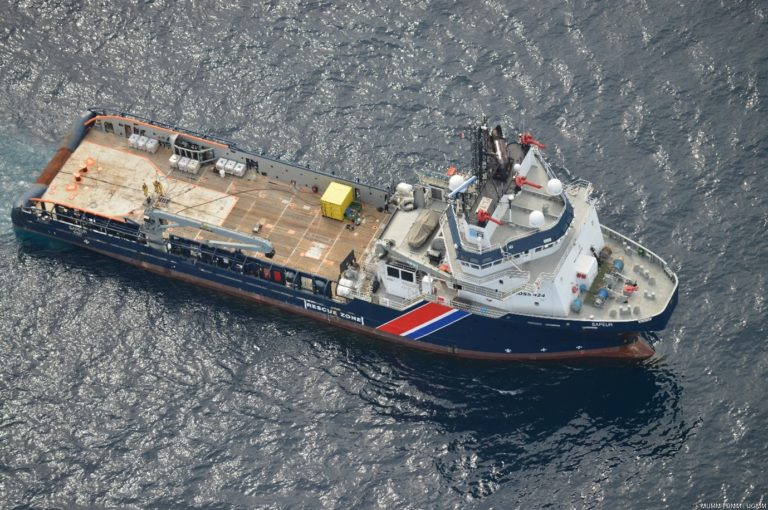Publié le 17 juin 2022
MANIFESTS Sea Trials
In contrast to the increasingly less frequent occurrence of oil pollution, pollution by other chemical substances at sea is steadily increasing. As a result of the increasing transport of chemical products by tankers, and the complex international legislation (MARPOL Annex II) allowing the discharge of certain substances under specific conditions, the impact of chemical pollution on the marine environment is also showing an upward trend.
The variety of transported chemicals is large, which creates many challenges for the authorities responsible for monitoring and enforcement. Among other things, the detection and identification of chemicals on the sea surface by airborne units is very complex. In addition, there is still insufficient knowledge about the behaviour of different chemicals at sea, which complicates the modelling of the drift of these pollutants in time and space.
The project MANIFESTS (MANaging risks and Impacts From Evaporating and gaseous Substances To population Safety) tries to meet these challenges. For this project, the main categories of transported chemicals were identified. Different sensors were tested for their ability to identify different substances. This was first done in a laboratory environment, but the ultimate test was a sea trial where sensors were tested on ships and on flying units. The focus here was on highly evaporating substances.

From the ship ‘SAPEUR’, various chemicals (in limited quantities) were discharged in a controlled manner over two days at the test site near Brest.
During the exercise at sea, different substances were discharged into the sea (in limited quantities), after which they were observed by different flying units. The Belgian coastguard aircraft was one of four aircraft used in the exercise, alongside the Spanish and French coastguard aircraft and a research aircraft of the French Office National d’Etudes et de Recherches Aérospatiales (ONERA). The coastguard aircraft were mainly used for slick mapping (for the purpose of modelling), and for detection by radar and infrared. The ONERA aircraft was equipped with 2 hyperspectral sensors specially developed for the detection of chemicals both on the water surface and in the atmosphere (gas clouds).
Read the rest of the article on the website
of the Royal Belgian Institute of Natural Sciences